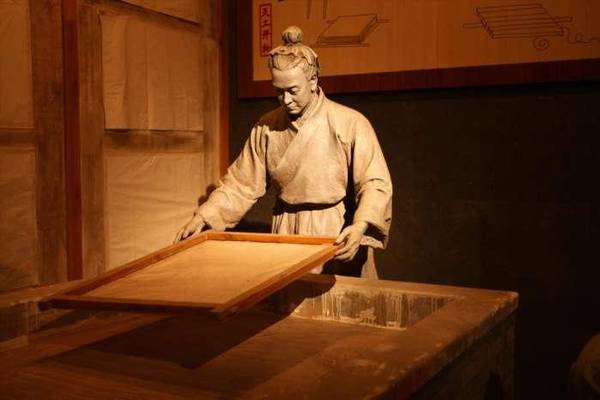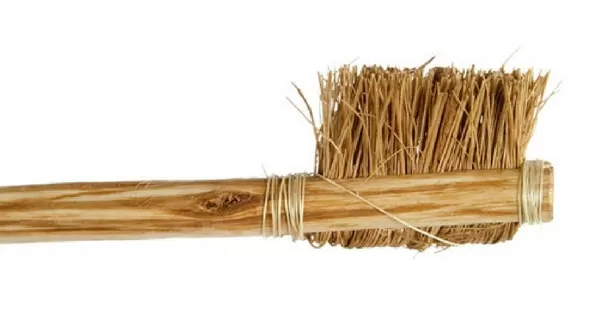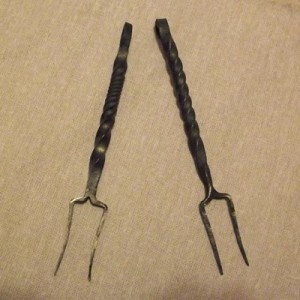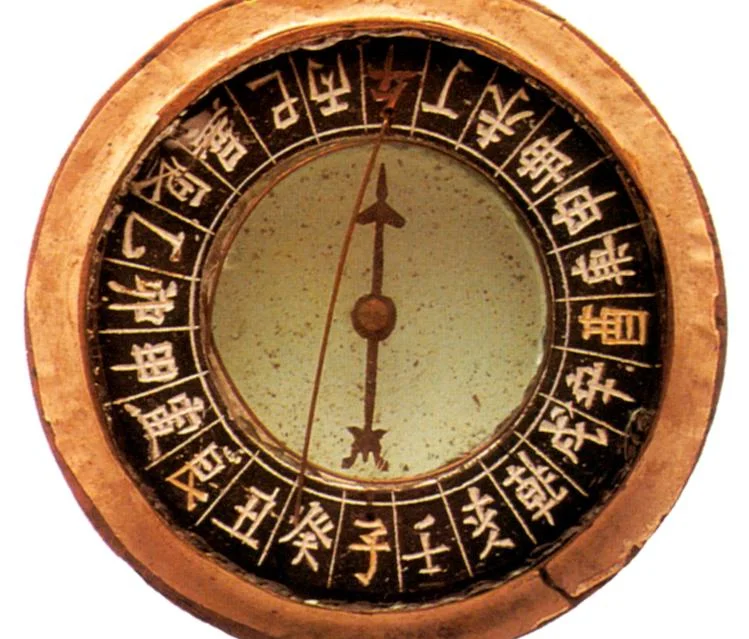
Paper
Before paper, Chinese characters were inscribed onto animal bones and cast onto bronze objects. Then, from the Warring States Period (5th century BC), bamboo slips were utilized, though they were heavy in quantity. Silk was also used, but it was too expensive for most people. The innovation of paper came during the Han Dynasty, credited to an imperial official named Ts’ai Lun, around 105 AD, although there is evidence of paper's existence before this time. Cai Lun's paper-making process, utilizing bark, hemp rags, and fishnets, became widespread throughout China. Paper enabled the creation of lightweight books, paper banknotes, toilet paper, and playing cards, all of which were first invented and used by the Chinese. It also provided a better way of keeping records. Paper didn't emerge in Europe until the 11th century, gradually replacing animal skins.

Alcohol
Alcohol, consumed by roughly 2 billion people worldwide according to internet sources, owes its origins to ancient Chinese civilizations. Archaeological findings trace the earliest evidence of alcohol consumption and fermentation back to Chinese Neolithic times, spanning from 7,000 to 6600 BC.Examination of ancient pottery jars unearthed from the Neolithic village of Zhuzhou in Hunan province, northern China, revealed residue indicative of alcoholic beverages. Further analysis unveiled that this ancient drink was fermented using fruit, rice, and honey—an impressive feat considering its inception nearly 9,000 years ago. The contribution of ancient Chinese culture to the development of alcohol remains significant, shaping social and cultural practices globally.

Toothbrush
The toothbrush, as documented by the Library of Congress, has a history dating back to the Ming Dynasty in China, circa 1498. Chinese innovation introduced the bristle toothbrush, utilizing bristles crafted from pig hair—a concept that may seem unconventional today. Prior to the advent of toothbrushes, oral hygiene practices varied across civilizations. For instance, ancient Romans reportedly used mouthwash, primarily composed of urine, a readily available resource of the time. This peculiar practice offered a continuous supply, ensuring easy refills. The ingenuity and evolution of dental care reflect cultural and technological advancements throughout history, with each era contributing to the development of modern dental hygiene practices.

Soccer
The Chinese are credited with inventing soccer, now the world's most popular sport, yet ironically, modern Chinese teams struggle in the sport. Soccer, or football as known internationally outside the US, originated as a game called "cuju," as detailed in first-century Chinese texts. This sport, roughly translating to "kick the ball with the foot," traces back to China's Warring States period (403-221 BC). Historical accounts describe a leather ball stuffed with feathers, kicked around a rectangular field—a familiar scene. To score, players aimed to shoot the ball through a primitive goal made of cloth suspended between two poles. Initially a military training exercise, cuju evolved into a popular sport, with rural courts hosting matches and professional cuju players emerging. Similar to later iterations in England, cuju prohibited the use of hands, setting the precedent for modern soccer's rules.

Photography
Ancient Chinese civilization can be credited with the invention of photography, predating modern film cameras and smartphones. Photography's conceptual roots trace back to the camera obscura, essentially a pinhole camera. While Greek philosopher Aristotle is often associated with its observation, the earliest documented mention of the camera obscura is found in the writings of ancient Chinese philosopher Mo-tzu (or Mozi) around 400 BC. Mo-tzu, who lived from 470 to 390 BC, described this principle, pre-dating Aristotle by about a century. The camera obscura laid the foundation for the development of photography, offering insight into the capture of images through light and lenses. This ancient Chinese contribution underscores the rich history of technological innovation and scientific inquiry in Chinese culture.

Fork
The ancient Chinese are credited with the invention of the fork,which they called “Cha” at the time. But it is not commonly known, not even to most Chinese themselves and much less to others, that their ancient forebears were already using forks for their meals, a utensil whose origins can be traced back to the Shang Dynasty. Bone forks unearthed at various burial sites from this period provide evidence of their early use. Remarkably, Europeans wouldn't adopt the use of forks until approximately four millennia later. In ancient China, forks were reserved for the elite and were available in two and three-prong varieties, akin to their contemporary counterparts. This exclusive dining tool symbolized status and sophistication within the ruling class. The Chinese innovation of the fork underscores their early advancements in culinary culture and dining etiquette, showcasing their influence on global gastronomy.

Compass
Humans have traversed the Earth for millennia, but until relatively recently in evolutionary terms, they lacked a sense of direction. The Chinese, known for their pioneering spirit, introduced innovations that revolutionized navigation, among them the compass. Originating during the Han Dynasty, initially for divination purposes to align people's lives and environments, it utilized lodestone crafted into a spoon shape, naturally pointing southward. Set within a bronze plate, the compass aligned with Earth's magnetic field when moved. Subsequently refined during the Song Dynasty, it became crucial for navigation, especially at sea. Magnetized needles in bowls of water guided ships, permanently altering the landscape of exploration and travel. The compass enabled travelers to track their direction, ensuring they stayed on course, be it on land or sea. Rumors even suggest that the Chinese utilized their navigational expertise to sail across the Pacific Ocean to California
.

Gunpowder
Gunpowder, discovered by alchemists in the mid to late ninth century in search of immortality, gained prominence during the Song Dynasty, evidenced by the earliest written records. Comprising charcoal, saltpeter, and sulfur, it proved explosive when mixed in specific proportions. Military exploitation led to the development of weapons like fire arrows, utilized against adversaries. China's invention also saw the advent of grenades and explosives, depicted in ancient military manuals. These included ceramic and metal containers filled with gunpowder, alongside fragmentation bombs, inflicting severe injuries on foes. Despite its brutal effects, Chinese military innovation was unparalleled. Ironically, the dissemination of gunpowder techniques occurred when the Mongol hordes conquered parts of China, spreading this knowledge to the West. While its legacy may be destructive, gunpowder forever altered the landscape of warfare.

Printing
Printing techniques emerged around 1041 AD during China's Song Dynasty, credited to artisan and inventor Bi Sheng as recorded in the "Dream Pool Essays" by Chinese scholar-official Shen Kuo. However, the origins of printing trace back even further. Woodblock printing, combining stamping and relief patterns, existed in China as early as theTang Dynasty (618–906) and Song (960–1279) Dynasty. Centuries before Bi Sheng's invention of movable type printing, Chinese characters were pressed onto clay types, assembled, and used for printing pages. This innovation allowed for the rapid production of books, surpassing the labor-intensive process of manual transcription. China's advancements in printing significantly predated Johannes Gutenberg's metal printing press, which emerged in Europe during the 15th century CE. The Chinese were pioneers in printing technology, a process that later spread throughout Asia, reshaping the dissemination of knowledge and culture.

Seismoscope
Modern seismographs, equipped with laser-like magnets, detect subtle ground movements imperceptible to humans. However, the origins of seismic detection date back nearly 2,000 years to 132 AD, with Chinese astronomer Zhang Heng's invention of the first seismoscope. Zhang's device, while unable to predict earthquakes, accurately determined their direction, even from afar. As a mathematician and mechanical engineer, Zhang's contributions were significant, particularly in earthquake-prone regions of China. His seismoscope, a massive bronze vessel adorned with dragon heads, detected seismic events through the release of balls into toad mouths, indicating the earthquake's direction. Utilizing a pendulum, bronze ball, channels, and levers, Zhang's ingenious design facilitated earthquake detection, even from distances exceeding 400 miles. This early innovation laid the groundwork for modern seismographic technology, revolutionizing our understanding and detection of seismic activity.


You must be logged in to post a comment.